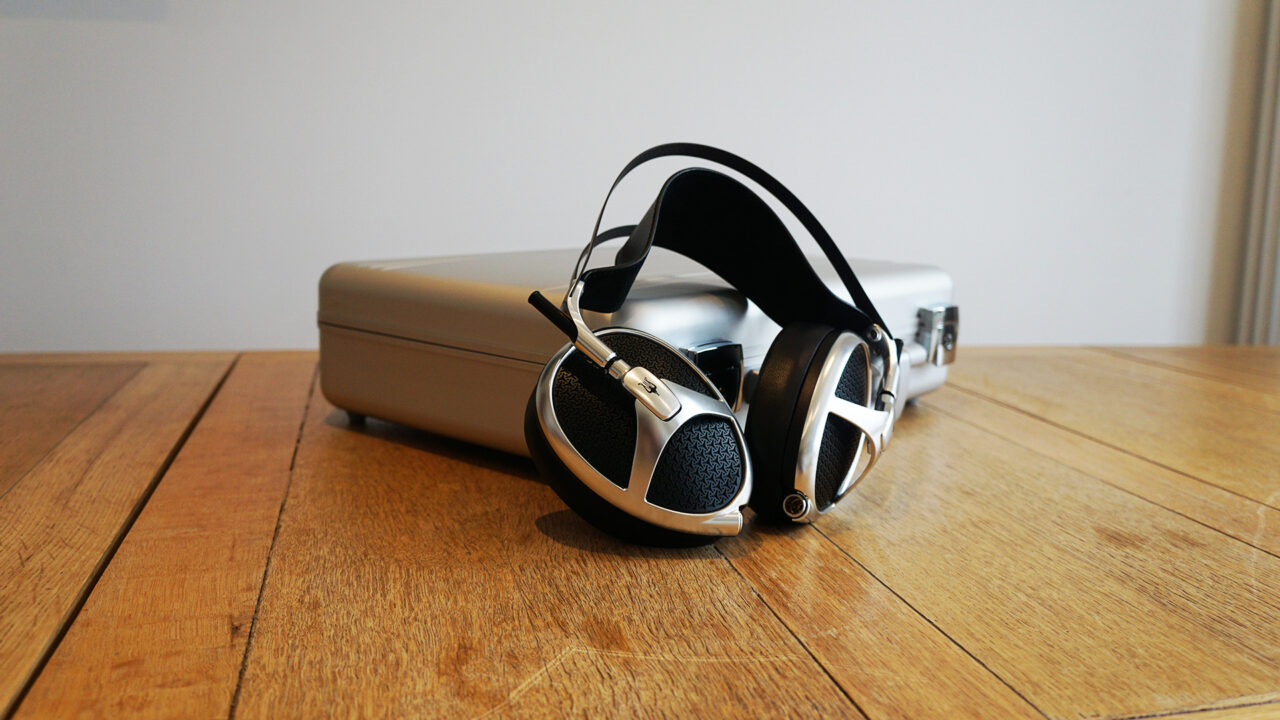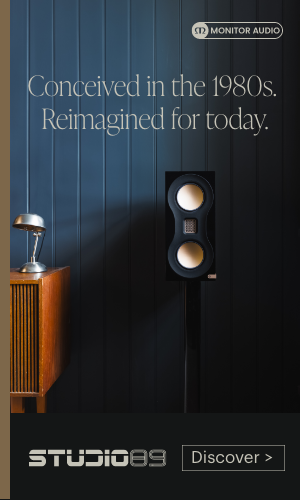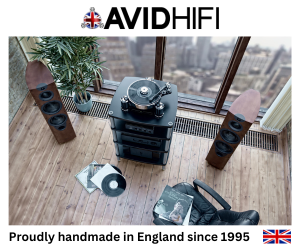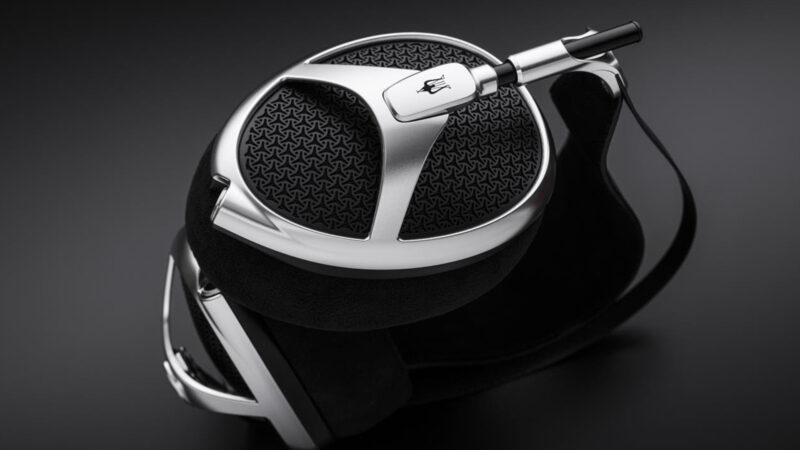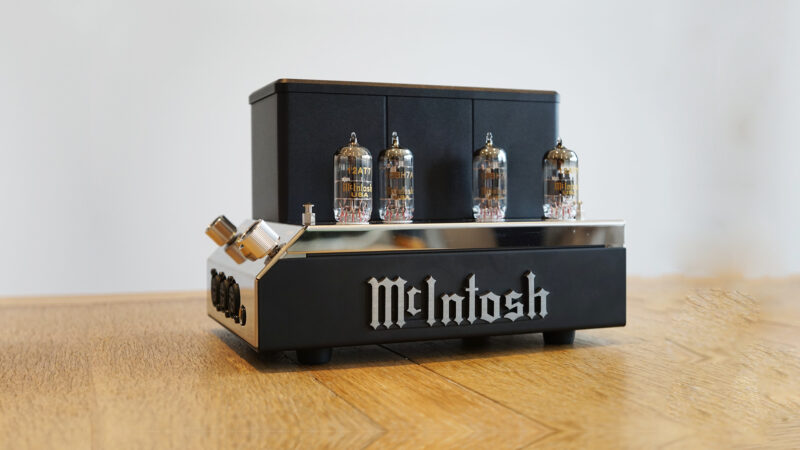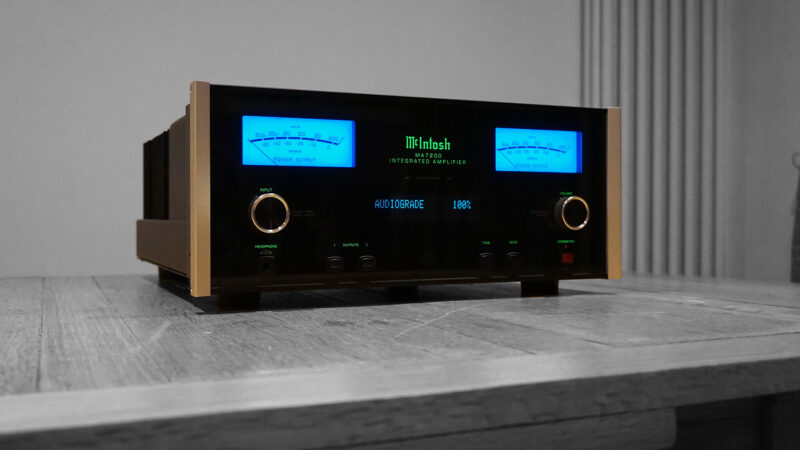It may seem like stating the proverbial obvious when considering the benefits of headphones over loudspeakers. Firstly for homes with partners, families and close neighbours they require less compromise day to day, because unlike loudspeakers, you can listen when you want without disturbing those around you. Secondly they provide a more intimate listening experience for the user, taking you closer to the music.
The third benefit however is mutually rewarding for both designer and listener, because unlike conventional loudspeakers, their performance isn’t at the mercy of how they interact with the surrounding room, meaning the sound you get is much closer to what the designer intended.

Thanks to their robust case, the Elite package is well protected for a lifetime’s service
That’s why for many, hi-end headphones are a worthwhile investment. Antonio Meze, Founder and Lead Designer at Romania based Meze Audio clearly gets this, which is why for over a decade his company has been pushing the ear-monitors envelope, by offering a wide range of head candy from entry level buds costing less than a hundred quid to no compromise over ear models that set the standard.
Perfect partners
At £3,599 the Meze Elite Isodynamic Hybrid Array launched last September under review here is the most advanced headphone Meze produces, sitting above its similar looking £2,599 Empyrean stablemates. And like these and the £1,799 Liric model, the Elite is produced in partnership with Rinaro Isodynamics, an acoustic research and engineering company that specialises in planar magnetic driver technology, which is at the heart of the Elite package’s appeal.
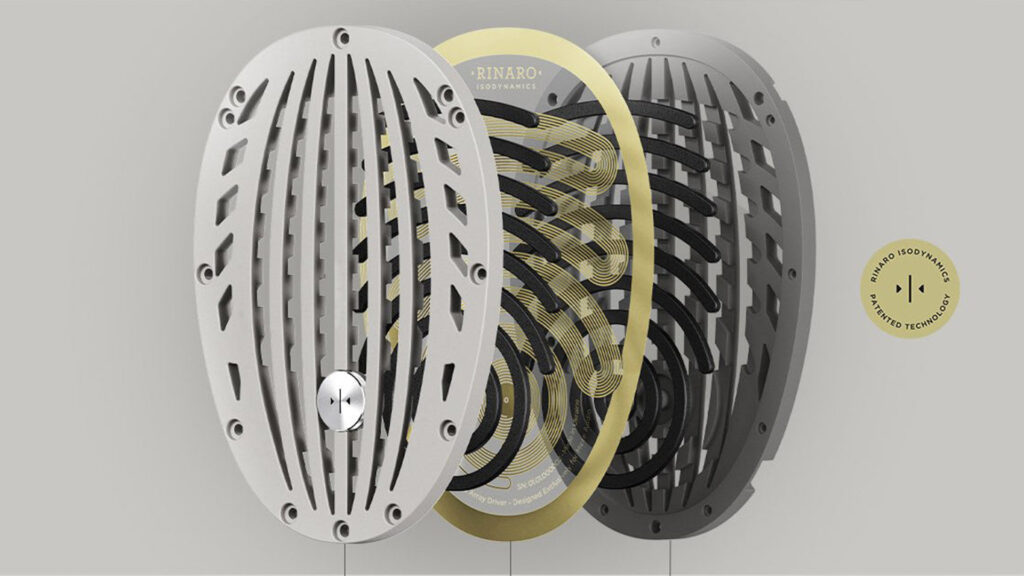
Inside the Elite’s earcup sites a Rinaro Parus Diaphragm (golden layer), flanked by the hybrid magnet array and polymer outer layers
For its driver diaphragm the Elites get a Rinaro Parus, which is 0.05g lighter than the Isoplanar variant in the Empyrean model, with an active area of 4650mm2. This is then sandwiched within a reinforced polymer casing that’s designed to withstand the 12.7N load generated by the hybrid magnet array, which uses neodymium magnets to generate a consistent magnetic field across the diaphragm’s surface.
Within this low-mass diaphragm layer are dual coils, with a ‘switchback’ shaped coil handling lower frequencies that’s positioned in the upper part of its surface and a spiral coil positioned over the ear canal, for handling the mid and higher frequencies.
Design for life
Magnets are also used to hold the ovoid shaped interchangeable earcups in place. Why ovoid? Because they ensure a more profiled fit around the human ear than the oval, square or circular types most brands opt for.
The Elite cans comes with two sets of earcups, an Alacantara version which have a texture that feels somehere between brushed cotton and suede and a set that’s clad in soft real leather. Being replaceable continues the Meze principle of every set being hand assembled and fully serviceable for a lifetime’s use, should you need to replace any parts, not that I can see that offer being called upon often, given their outstanding build quality.

Included quality carry case is better made than many expensive briefcases
Each set of Elite headphones arrives in a dedicated sturdy alloy carry case with rubber feet and locks, that puts most luggage manufacturers’ offerings to shame.
Inside the hi-end goods are securely packed and ready to be brought into service. Our test models came with three cable options for 3.5mm, 6.35mm and balanced XLR connections. Owners can specify one set at the point of sale.
In their CNC alloy flesh the Elites offer a satisfying blend of seemingly simply design that’s superbly executed, from their dual leather and carbon fibre headband to how each earcup rotates and extends on sliding shafts without excess friction or play. Each cup also gives a good few degrees of tilt, allowing for a secure, snug and comfortable fit in seconds. My ears feel totally enclosed without the pads applying excess pressure, making them one of the most comfortable earphones I’ve ever tested, which equates to more listening time without interruption.
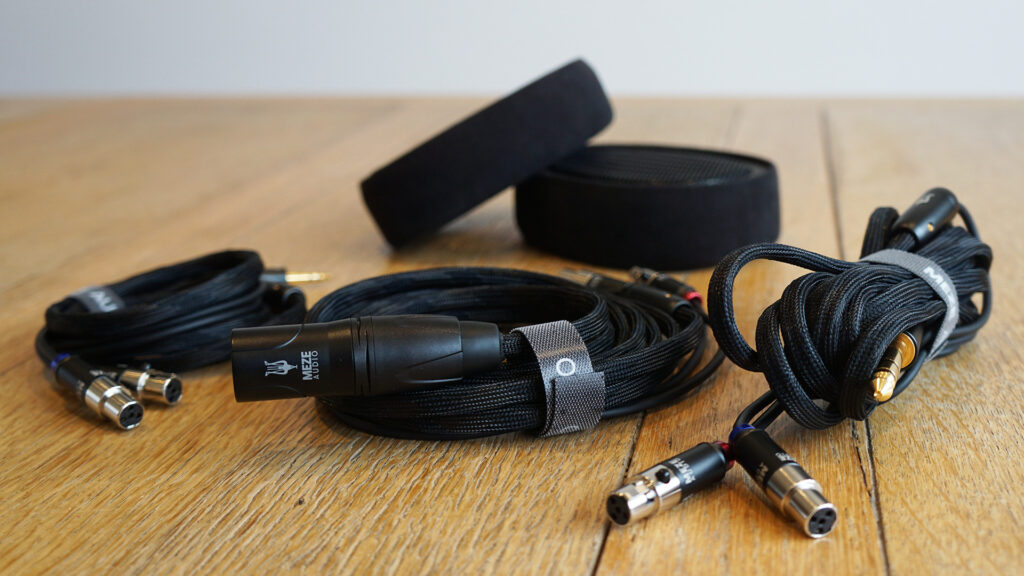
Spare earcups are included and cables are top quality, with balanced outputs feeding a range of terminations that can be specified as 3.5m, 6.35mm or XLR jacks
Performance
Hooked up to my go-to Musical Fidelity M1HPA headphone amp via its 6.35mm output shows how easy the Elites are to drive. With their claimed 32ohm sensitivity and 3Hz-112kHz range, in reality they need little power to get their hybrid planar drivers energised.
With Fleetwood Mac’s Gypsy from their 1982 Mirage album spinning on our recently reviewed VPI Scout 21 turntable, the music sounds alive and beautifully timed with seemingly astonishingly low levels of overhang, in a way that’s reminiscent of well driven electrostatic loudspeakers. Mick Fleetwood’s percussion is so well gripped I can sense him gurning away, wild eyed with pure concentration to ensure his timing underpins the rhythm as only he knows how. That’s not to say the Elites are overly pacey, it’s more that they reflect the dynamics and energy of the music with a sense of fine accuracy that goes beyond most headphones on the market.
As the tempo settles down with the following Only Over You track, the Elites capture John McVie’s low-slung bass line with effortless control, allowing its smooth melody to dictate the track’s tone without the slight sense bloating or hardness that many headphones can bring to this song’s mix.
Musical reunion
Having called upon the Elites in our recent review of McIntosh’s MHA200 tube-based headphone amp it would be amiss of me not to return the favour and bring it back into service with the Elites. Sure the M1HPA is a powerful sounding and neutral performer, but it can also be a bit of a bruiser and its skills sit more in polishing the rough edges from less accomplished headphones, than really showcasing the nuances of those at the cutting edge.
The McIntosh however allows the Elites to throw a much more open, expansive and organic window into the music. Serving up a 24-bit/96kHz file of Tears For Fears’ I Believe from their Songs From The Big Chair album via Qobuz has the Elites opening up lead singer Roland Orzabal’s vocals with arresting realism. His ability to move seamlessly from high to low within the same stretched vowel is all there, as is how he intentionally holds his voice back early in the mix for greater impact when he finally pushes the notes. And what’s also apparent and unusual for headphones which can do detail to this level is the complete lack of any sibilance or ‘hotspots’ in his closely mic’d vocal mix. Instead, the detail is presented with such musicality it breathes new life into the song, but without any tendency for over emphasis or harshness.
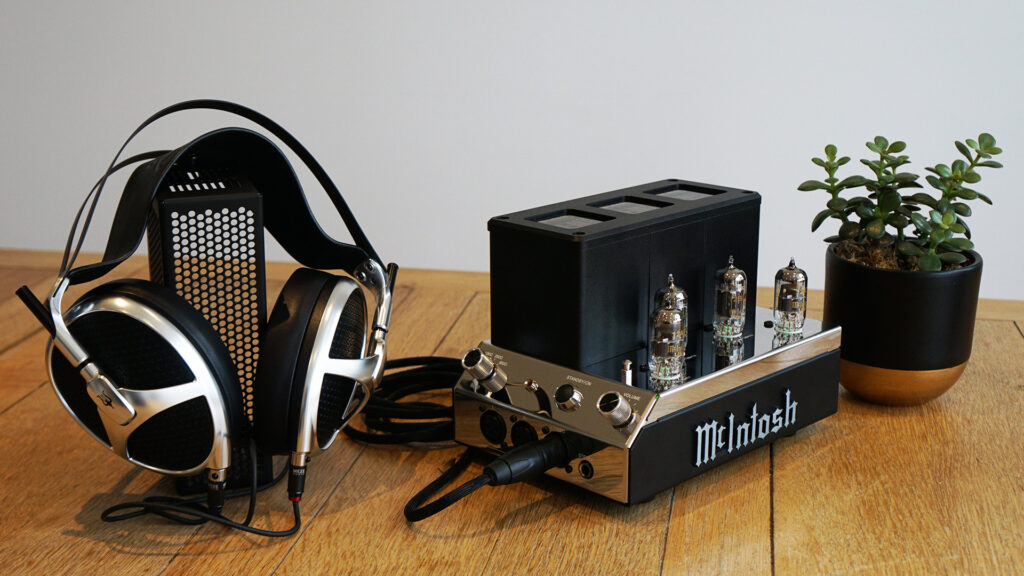
The Elites are easy to drive and are a perfect pairing with McIntosh’s MHA200
A truly expansive soundstage with no obvious boundaries is also key to the Elite’s character. On an average system, Roland’s vocals can be characterised by his tonality alone, but the Elites go further, by revealing the rich width of his voice, allowing it to fill the midrange and push way beyond the headphone’s physical boundaries.
Via the Elites, imaging is also exceptional. Streaming Nick Drake’s Three Hours over Qobuz at 24/96 and each instrument is afforded plenty of space to sound fully formed and perfectly placed. The bongos in the right channel are pushed towards the edge of the soundstage, as their echoes decay deep into the vast expanse of the musical landscape that the Elites lay forth.
In Summary
The Meze Elites are an exceptional headphone. They offer an open and expansive sound that’s articulate and abundantly rich with detail while remaining mellow in their delivery and seamless across their frequency range, that provides hours on end of musical enjoyment.
They are also engineered to the highest standards, and with a fully serviceable design, for those that can afford them these could be the last pair of headphones you’ll ever buy.


